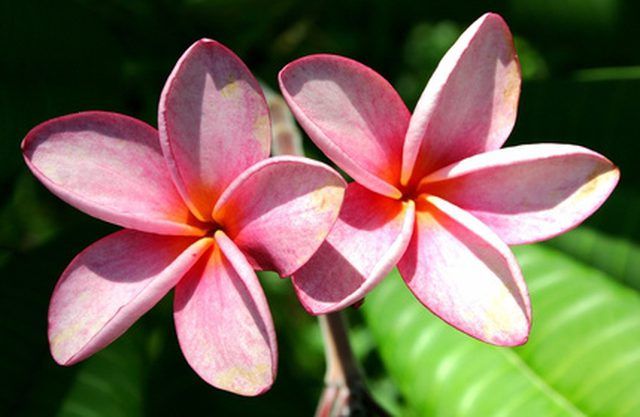Bulbs
Flower Basics
Flower Beds & Specialty Gardens
Flower Garden
Garden Furniture
Garden Gnomes
Garden Seeds
Garden Sheds
Garden Statues
Garden Tools & Supplies
Gardening Basics
Green & Organic
Groundcovers & Vines
Growing Annuals
Growing Basil
Growing Beans
Growing Berries
Growing Blueberries
Growing Cactus
Growing Corn
Growing Cotton
Growing Edibles
Growing Flowers
Growing Garlic
Growing Grapes
Growing Grass
Growing Herbs
Growing Jasmine
Growing Mint
Growing Mushrooms
Orchids
Growing Peanuts
Growing Perennials
Growing Plants
Growing Rosemary
Growing Roses
Growing Strawberries
Growing Sunflowers
Growing Thyme
Growing Tomatoes
Growing Tulips
Growing Vegetables
Herb Basics
Herb Garden
Indoor Growing
Landscaping Basics
Landscaping Patios
Landscaping Plants
Landscaping Shrubs
Landscaping Trees
Landscaping Walks & Pathways
Lawn Basics
Lawn Maintenance
Lawn Mowers
Lawn Ornaments
Lawn Planting
Lawn Tools
Outdoor Growing
Overall Landscape Planning
Pests, Weeds & Problems
Plant Basics
Rock Garden
Rose Garden
Shrubs
Soil
Specialty Gardens
Trees
Vegetable Garden
Yard Maintenance
How to Feed & Care for Plumeria
How to Feed & Care for Plumeria. Plumeria, also known as frangipani, temple tree and Hawaiian lei flower, is a deciduous flowering shrub or small tree that is native to tropical Mexico, Central America and Venezuela. Prized for its highly fragrant blooms in shades of pink, white, red and yellow, plumeria makes a lovely addition to home landscapes...

Plumeria, also known as frangipani, temple tree and Hawaiian lei flower, is a deciduous flowering shrub or small tree that is native to tropical Mexico, Central America and Venezuela. Prized for its highly fragrant blooms in shades of pink, white, red and yellow, plumeria makes a lovely addition to home landscapes in USDA plant hardiness zones nine through 11. Luckily, gardeners outside of these hardiness zones can experience the joy of growing plumeria by planting their plumeria in a container and over-wintering it indoors. Whether you're growing your plant indoors or outside, learning to care for your tropical plumeria is simple and rewarding.
Things You'll Need
Plumeria plant
Planting container
Peat moss
Perlite
Coarse builder's sand
Shovel
Spade
Garden hose or watering can
High-phosphorous fertilizer
Pruning shears
Plant your plumeria in a full-sun location in your home landscape that receives between six and eight hours of direct sunlight each day. Plant your plumeria in a container if you live in a climate where temperatures dip below 50 degrees F. Use a blend of equal parts peat moss, coarse builder's sand and perlite as the growing medium for potted plumeria plants. Position potted plumeria plants on a porch or patio where they can receive six to eight hours of sunlight each day.
Water your plumeria as often as necessary to keep its soil or growing medium from completely drying out. Keep the soil or growing medium moist, but never soggy, and allow the top one-half inch of soil or growing medium to dry to the touch between watering to avoid over-hydrating your plumeria.
Feed your plumeria plant with an application of a water-soluble, high-phosphorous fertilizer every other week during the spring and summer. Apply the fertilizer application according to the directions on the product label for best results. Cease fertilization in the fall and winter, when your plumeria is dormant.
Prune your plumeria plant in the spring, if desired, to control its size and shape or remove diseased, dead or broken branches. Minimize pruning stress by using only sharpened and sterilized pruning shears to make clean, angled cuts when pruning your plumeria. Dip the plumeria's pruning cuts in cool water to minimize the flow of the naturally-occurring latex sap.
Protect your plumeria from winter temperatures in cold climates. Move potted plumeria plants indoors in the late fall or early winter. Position potted plumeria near a window where it can receive at least six hours of bright sunlight per day. Water your potted plumeria very little, if at all, during the winter to prevent root rot. Return your plumeria to its original location in the spring, after the last chance of frost.
Tips & Warnings
Note that potted plumeria plants often require more frequent watering than their garden-planted counterparts.
Plumeria plants are susceptible to infestation by spider mites and other common insect pests. Monitor your plumeria for signs of unusual insect activity and treat with an insecticide product, if necessary.